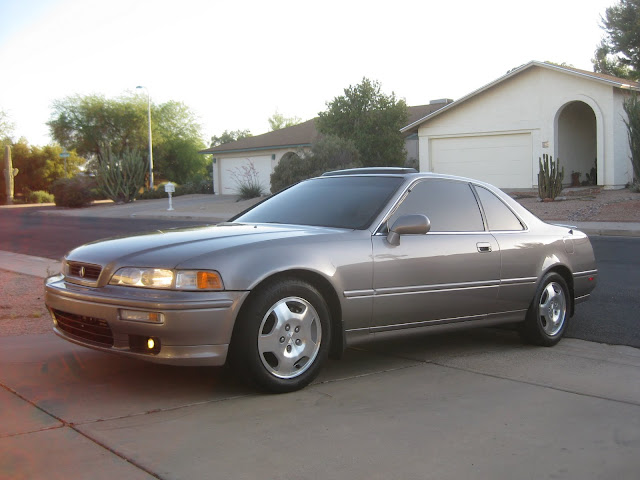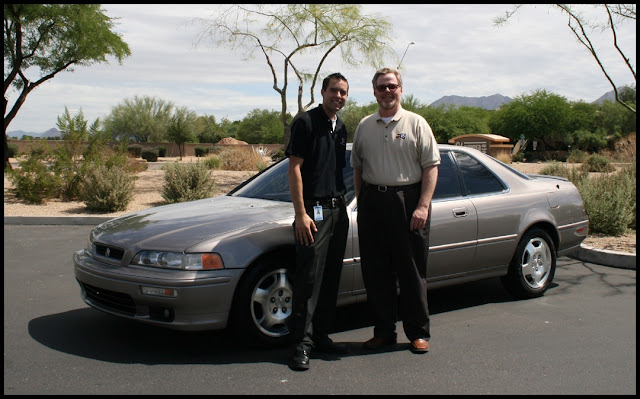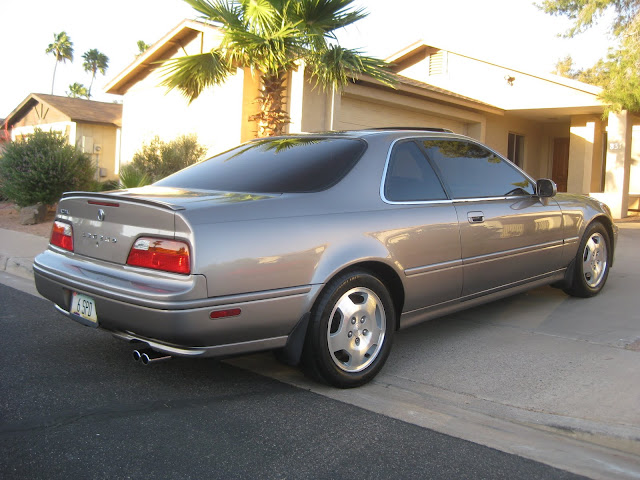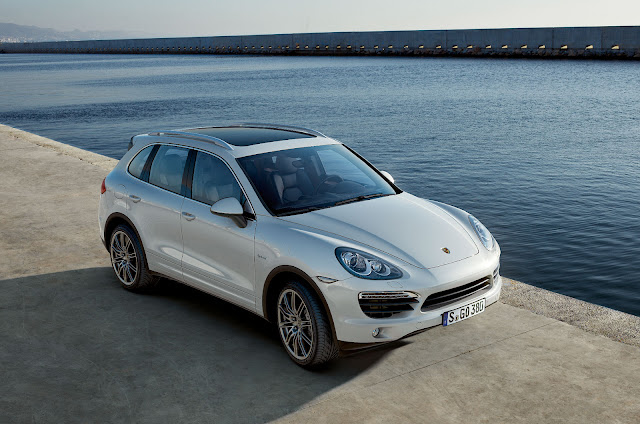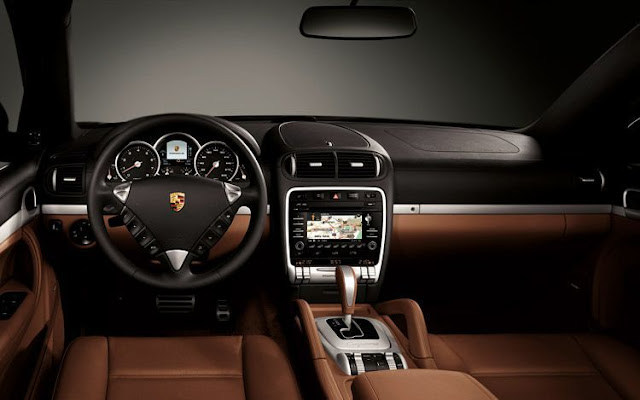 |
| The 2011 Lincoln Town Car. The end of the line, the end of an era. |
Except for the Lincoln Town Car. When the last one is gone, that's it. There will be no more. It's been years since Ford bothered to put one in the press fleet in TireKicker's hometown, so we arranged with Fiesta Lincoln in Mesa, Arizona to drive one for a week.
The last Lincoln Town Car is a big deal because it's not just the end of a body style or a nameplate, but of a type of automobile. The Town Car is what American sedans were from World War II onward...big, comfortable, rear-wheel-drive, V8-powered machines that sat six adults in great comfort.
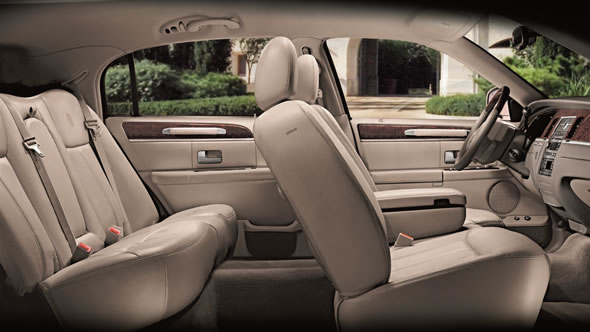 |
| The 2011 Lincoln Town Car interior. You may have had smaller apartments. |
It's more comfortable than a large SUV, certainly has a better ride and arguably better handling, and it definitely gets better mileage (the EPA says 16 city/24 highway, and we saw 22.5 on a long stretch of urban freeway, with our weeklong city street/freeway mix never dropping below 19).
Our tester? Basic as it comes. The Signature model. $47,225. 4.6 liter single overhead cam flexible fuel V8, automatic transmission, halogen headlamps, heated power windows with memory, heated 8-way power front seats with lumbar, leather seating surfaces, leather and wood steering wheel with audio, cruise and climate controls, a dual-zone climate system, an AM/FM/6-CD changer premium audio system, power adjustable pedals, rear park assist, four-wheel disc brakes with ABS, traction contol and a security alarm. All that packaged with a 4 year/50,000 mile bumper-to-bumper warranty, a 6 year/70,000 mile powertrain warranty and 24 hour roadside assistance.
Complete enough that ours had only one option...whitewall tires ($125). Yes, whitewall tires. You can still get them. And, apparently, reasonably.
All told, with $945 for destination and delivery charges, the Town Car rang in at $48,295. And you know what? We loved it. It's the ultimate road trip car (I rented dozens, if not hundreds over the years as a traveling TV news reporter), and it's perfectly fine in city traffic as well. There is, in fact, nothing wrong with it that couldn't be fixed with some cosmetic and convenience updates, and driving the Town Car, I kept coming up with arguments why it should be saved.
 |
| The 2011 Lincoln Town Car. Off into the sunset. |
Why don't civilian drivers who buy large (in some cases, huge) vehicles prize those qualities, too? Room for 6, more than respectable gas mileage, decent cargo space, epic safety ratings and legendary durability and reliability with a starting price under $50,000 would probably be a big draw...on paper..for a lot of buyers in their 40s and 50s.
Until you say the words "Lincoln Town Car".
So we walk away from something that works in favor of more stylish things that don't quite work as well. Our fault and our loss for that. There are a lot of people for whom a Lincoln Town Car would be just about perfect. If you have an open mind, Cars.com says there are 746 new Town Cars on dealer lots in the USA as I type this. That's 28 fewer than there were when I began writing this review a little less than an hour ago. 26.64 more hours like that and they're all gone.
